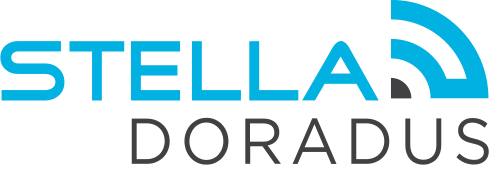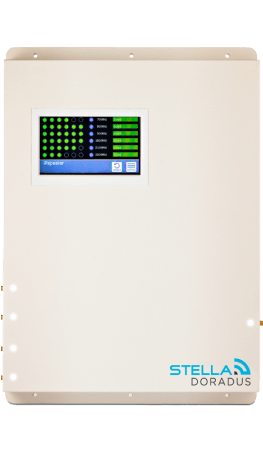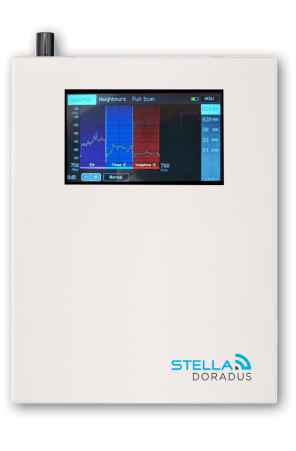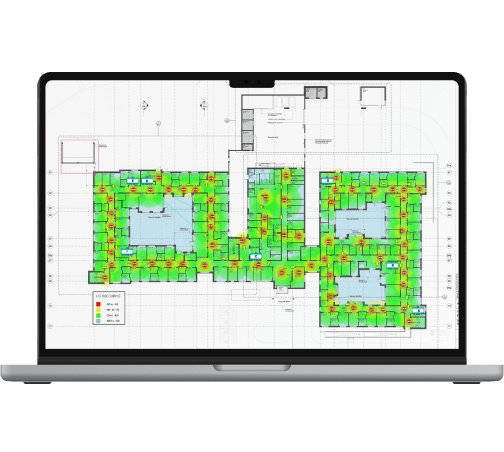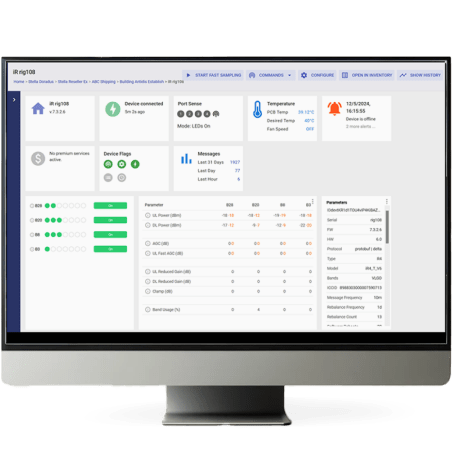Operators of the Channel Tunnel, Eurotunnel, have announced that 4G coverage is now possible whilst using their service.
The Channel Tunnel is based 100 metres below sea level, so Eurotunnel have worked with the likes of Vodafone and EE to devise a plan which has enabled a 4G signal to be broadcast throughout the tunnel.
It is important to realise that this announcement effects Eurostar passengers, too; the Eurostar service is actually a client of the larger Eurotunnel network, with the aforementioned improvements taking place across the tunnel as a whole.
This is fantastic news, as 4G offers a dramatic performance increase over the older 3G protocol which was previously used in the tunnel. Business users will feel the biggest impact. They will be able to work with uninterrupted performance from their mobile data, as 4G is capable of speeds that rivals traditional broadband.
The announcement really is a great development in the world of 4G, showing that it is possible to bring reliable signal to problem areas. The London Underground network has often been cited as the next major public network that could benefit from having a signal repeating solution installed, but that may in fact be more difficult than first anticipated.
Still, the case of the Eurotunnel is a good example of how effective mobile repeating solutions can be; they can bring mobile signal to otherwise inaccessible areas, and with the right configuration, can offer totally seamless coverage for mobile users.
How does a system like the one installed in the Eurotunnel work?
In principle, repeating solutions are the same. They are made possible by an external antenna capturing a usable signal, with this then being amplified and distributed by the repeater system.
The system installed in the Eurotunnel will, in essence, work the same as a StellaOffice repeater, albeit on a much larger scale.
However, the issue with the Eurotunnel is the speed at which the train is moving. This means that amplifiers have to be placed strategically throughout the tunnel, otherwise signal would come and go in patches as the train speeds through sections within the broadcast radius of the repeating system.
Who will maintain the system?
The system will be run in partnership with EE, Vodafone and O2, which brings the major UK mobile networks in line with Orange and Bouygues Telecom, who are in charge of running the underground 4G network on the French side of the tunnel.
Overall, it is a collaborative effort that will dramatically improve the EuroTunnel experience. Business travellers and holidaymakers will both be able to benefit from the increased data speeds, and it is a great example of what can be achieved by mobile repeaters.

